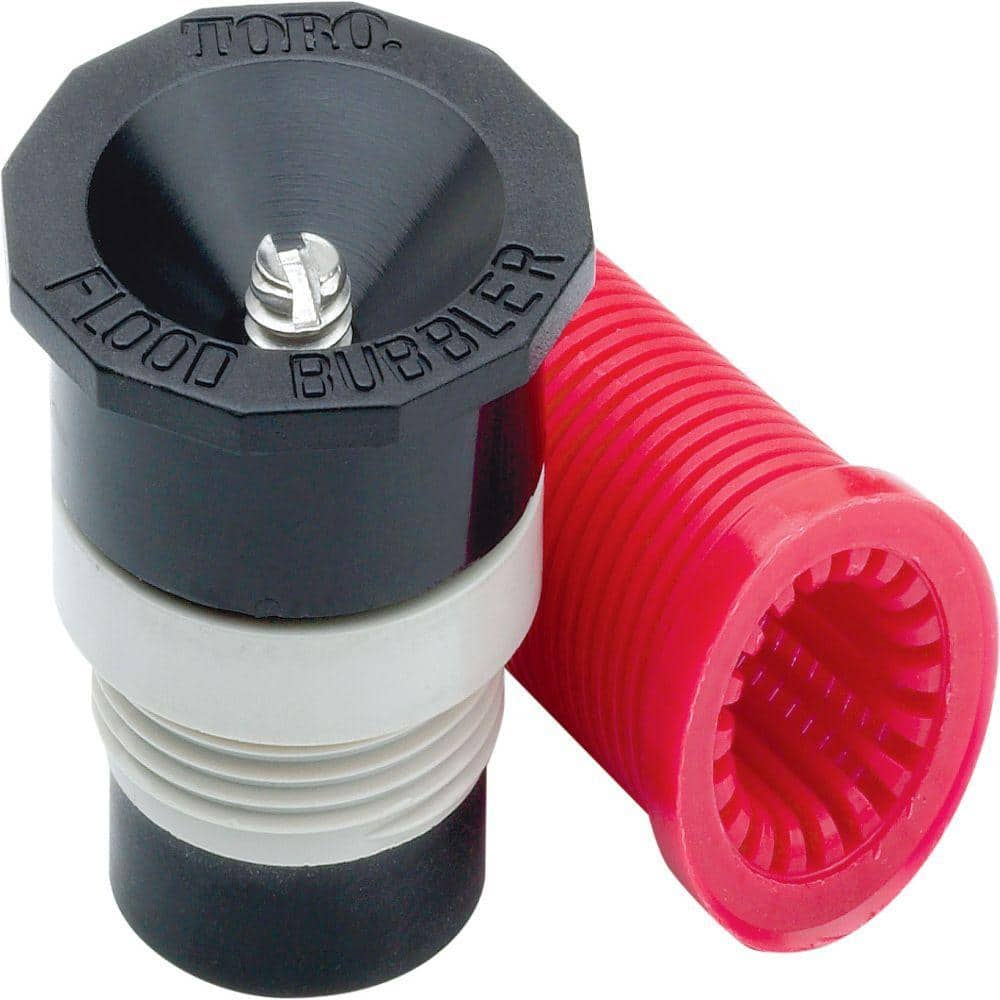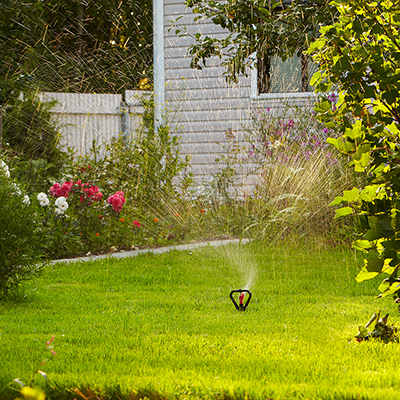Summer Lawn Maintenance
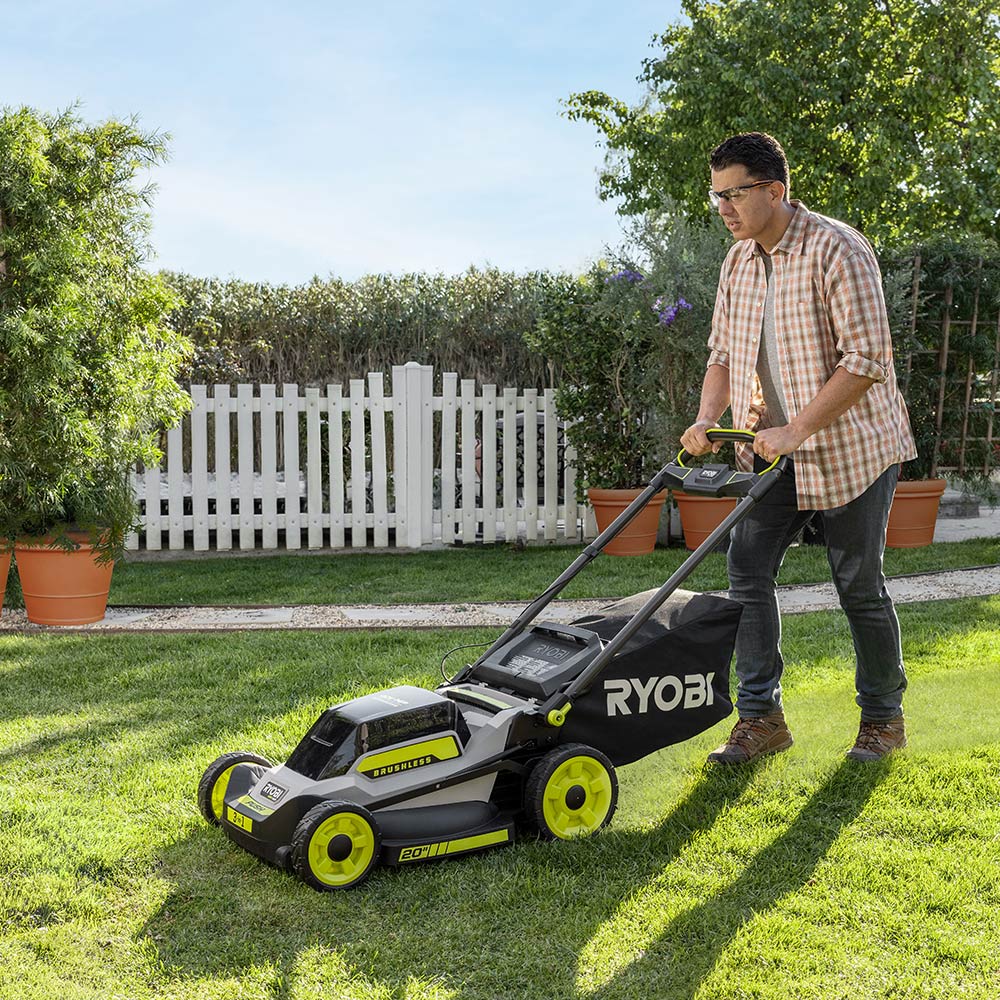
Last updated September 7, 2023
A healthy, well-kept lawn is both functional and versatile, framing your home and offering a walkable surface. Turf reduces soil erosion, provides a place for water runoff to drain, and absorbs heat in urban areas. Plus, it just feels good to kick off your shoes and walk in the grass.
Lawns have different needs in each season. When you understand the basics of lawn care, from prepping and planting to problem-solving, you can set up a routine and maintain your lawn. Learn how to keep your lawn trim and green this summer with the tips in this guide.
Table of Contents
Mowing
Watering
Edging and Trimming
Fertilization and Aeration
Grass Seed and Lime
Pest and Disease Problem Solving
Mowing
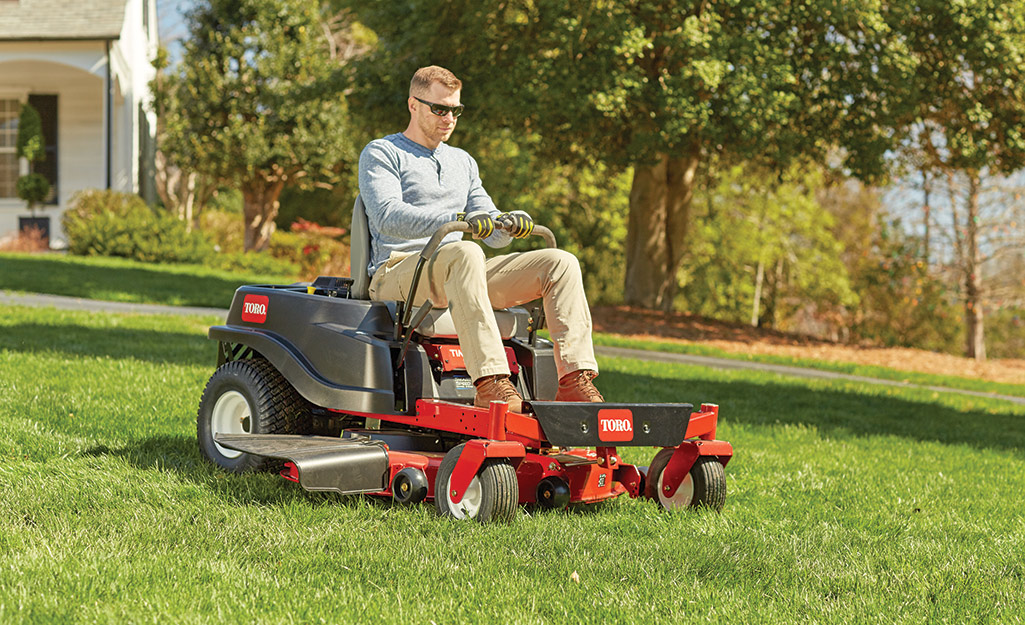
Your lawn is made up of millions of plants that shade each other and crowd out potential weeds. In warm weather, this shade helps hold in soil moisture.
In summer, set your mower to the highest level to help shade and cool the soil. This prevents grass from drying out and potentially giving weeds a boost. Allow clippings to remain on the lawn to act like mulch and keep grass roots cool, moist and happy.
The rule to follow: Cut no more than one-third the height of the grass blade. For example, if you usually cut your lawn to a height of 2 inches, you’ll need to mow your lawn when the grass reaches 3 inches. (Avoid the math and just keep your blade height set to the highest setting, about 3 inches, at all times.)
Learn more about how to mow lawns.
Watering
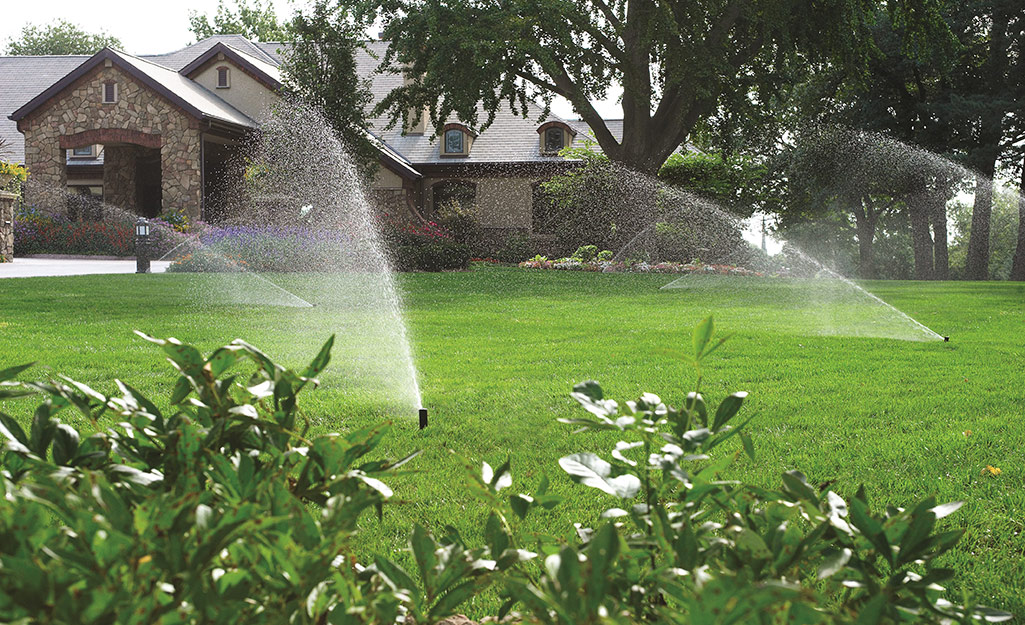
Lawns and gardens need about an inch of water a week in warm weather, and more if it’s a newly planted lawn that requires extra moisture to establish root growth. The water can come from either rainfall or irrigation.
How often your lawn needs water depends on factors like soil type, sunlight, grass type and regional climate. The best time to water is in the morning, when you can beat the heat and reduce evaporation.
When you water in the heat of the day, 14 percent of the water put on your grass evaporates before ever reaching the roots. Watering the lawn in the early morning saves the typical homeowner about 87 gallons a week, for an average of 4,524 gallons of water a year.
If you have an automatic sprinkler system, set it to begin watering at 4 a.m. If you water by hand, try to do it before the sun comes up, or in the evening. If your sprinklers are operating on an old dial timer, consider upgrading to a new smart timer programmed from your phone.
Tip: Water deeply, up to 4 to 6 inches deep. While the sprinklers are running, take a trowel and dig to where the water penetrates the soil. Figure out how long it takes the water to reach the depth of the trowel; that’s the number to set your sprinkler on.
Edging and Trimming
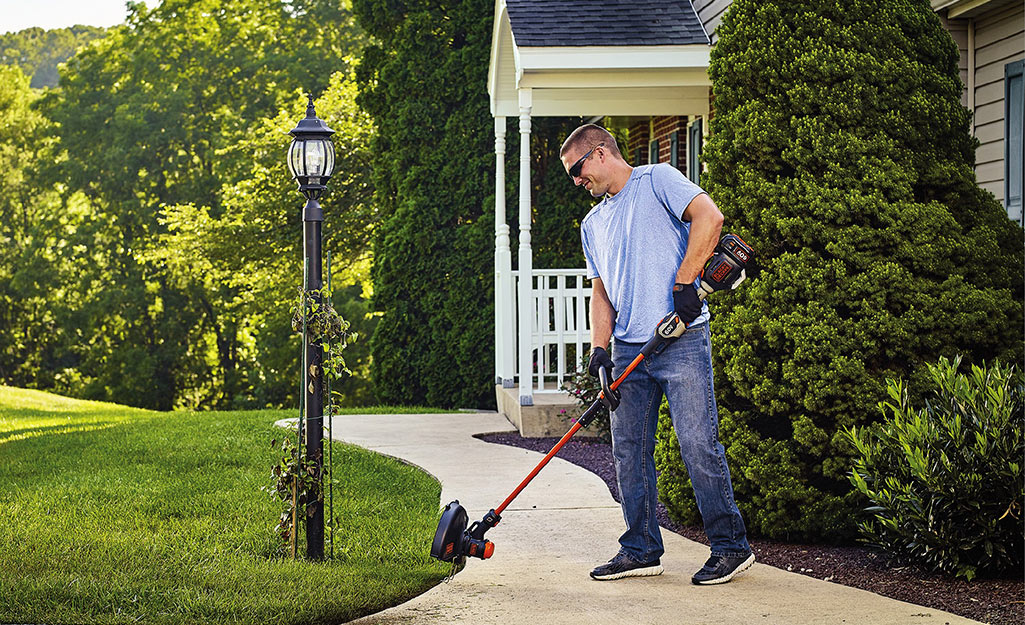
Edging and trimming keep your lawn looking tidy. These are two separate tasks utilizing different tools. With edging, a tool makes a cut in the lawn. This “edge” puts a line between the grass and borders or sidewalks.
Trimming means cutting grass in spaces where your lawn mower can’t reach, like against a wall or fence. Choose either manual or power tools to properly edge and trim your lawn.
Look for these tools to edge and trim your lawn:
- A wheeled lawn edger cuts edges quickly and efficiently, up to 90 feet per minute. It’s user-friendly, with fingertip controls and a ratchet-arm with a height adjustment feature.
- A bed edger lets you define and create flower beds in your landscape. Its zero-turn steering makes shaping borders easy.
- Choose edging shears to snip away grass in awkward places such as stepping stones or around garden beds.
- String trimmers are available in gas, electric and corded or cordless models.
- Gas string trimmers are great for larger lawns and can be used when the ground is damp, while electric trimmers are lightweight and use clean energy.
- Cordless string trimmers use rechargeable lithium-ion batteries, which makes them both lightweight and portable.
Learn how to edge a lawn.
Fertilization and Aeration

Feed warm-season grasses during active growth periods, but not during the hottest months in midsummer. Experts recommend applying fertilizer first in early spring when the grass begins to green, again in late spring and then in late summer. Warm season grasses include Bermuda, Bahia, Buffalo, Zoysia, St. Augustine and Centipede.
Cool-season grasses need fertilizer in spring and again in fall. Cool-season grasses include bent grass, Kentucky bluegrass, fine and tall fescue and both perennial and annual rye grass.
You may wait until fall for fertilizer applications, but you can aerate your lawn any time in the summer growing season.
Aeration improves lawns when over time, grass and soil can become compressed and compacted. This creates thatch, which is a thin layer of dead and living grass roots, stems and shoots that form between the soil and the grass in your lawn. Some of this organic matter, including the grass stems and roots, decays slowly, causing thatch buildup.
As the thatch becomes thicker, it prevents air, water and fertilizer from reaching the roots of the grass. This causes your lawn to thin out and die.
Aeration is the practice of making holes in your lawn to loosen the soil underneath. This lets oxygen, water and important nutrients reach the roots, so your grass can become lush, green and healthy. You can purchase or rent an aerator to punch holes in your soil and help improve your lawn. Learn more about how to aerate your lawn.
Grass Seed and Lime

Before seeding your lawn, you need to know the type of grass you have. If you have cool season grasses like Kentucky bluegrass, fescue and perennial ryegrass, wait until fall to overseed.
Warm season grasses like Bermuda, Centipede, St. Augustine and Zoysia can be overseeded in early summer, depending on where you live, but if you can wait until fall, you’ll have better results.
Learn how to overseed a lawn.
Improve the color, health and soil structure of your lawn by adding lime or gypsum to the soil. Treating with lime raises the pH of the soil and that improves the lawn’s ability to take up nutrients. Always test your soil before using lime. You can purchase a soil test kit or contact your local Cooperative Extension Service for a low-cost test.
If you have clay soil, you may want to apply gypsum to your lawn to improve the soil structure. A soil test is helpful to determine if you need to apply gypsum. Learn more about using lime and gypsum in your lawn.
Pest and Disease Problem Solving
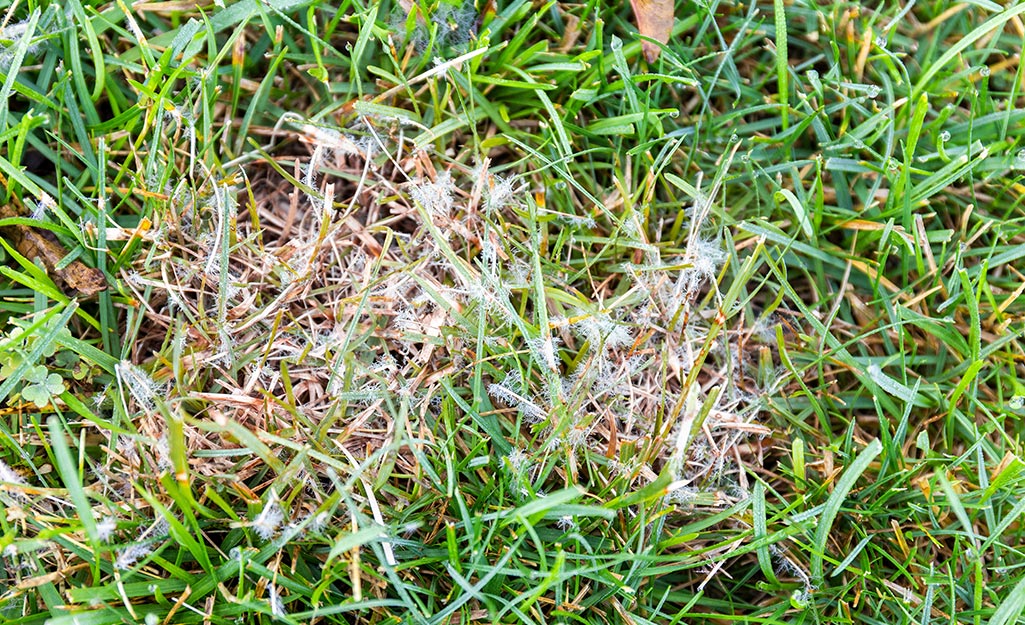
The summer growing season can bring pests and diseases that have the potential to steal some of your lawn joy. Many times, the pests come in, do a little damage and then go on their way. In your lawn, focus on building up healthy grass with strong roots that will withstand pests and diseases.
For help identifying common lawn pests and diseases, check out the Weed and Pest Problem Solver tool. Once you identify the problem, the tool will direct you to the products that will treat it.
Whether you need the right mowers, grass seed or soil, The Home Depot delivers
online orders
when and where you need them.



